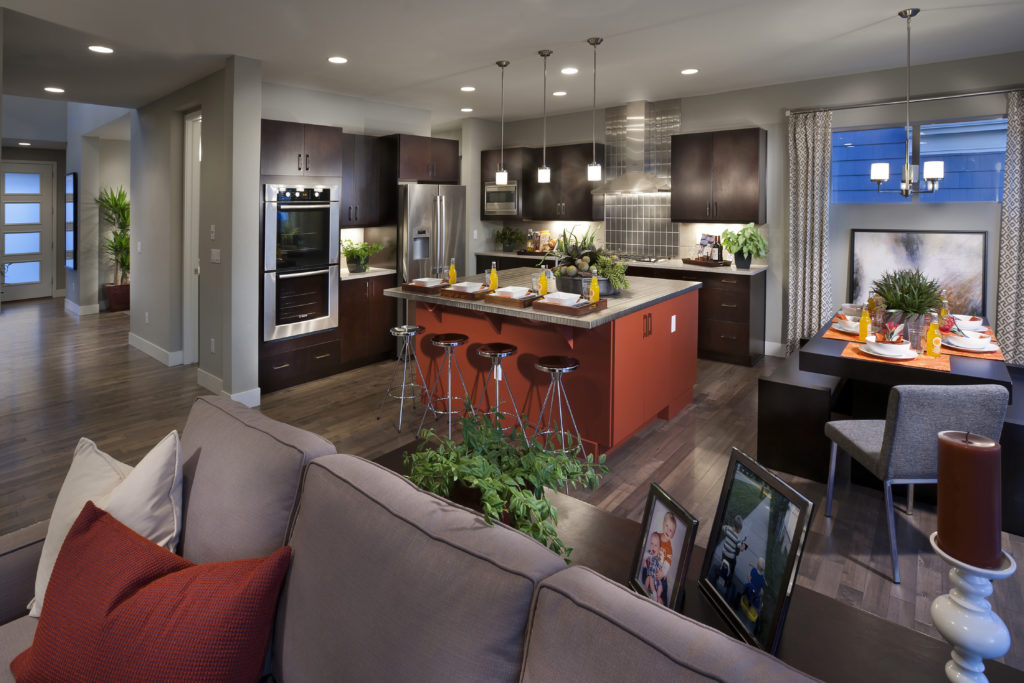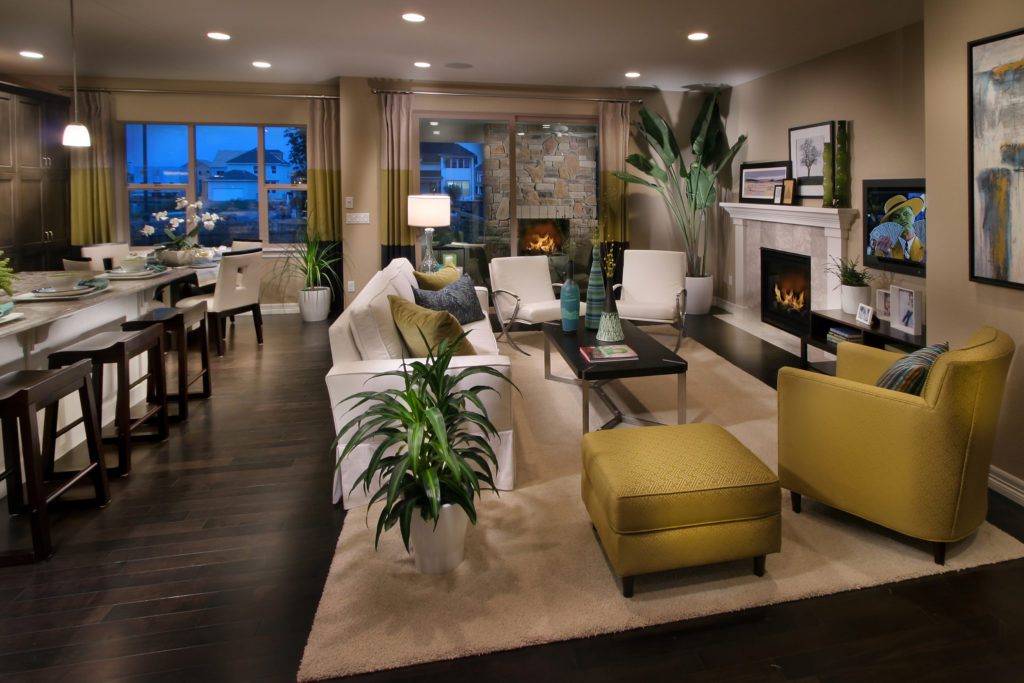Motivating Factors and Selling Challenges
It should come as no surprise that affordability is both the biggest motivating factor and the biggest challenge for millennials purchasing a home. This generation is saddled with more student loan debt than ever before. In fact, since 2003 the average student loan debt has risen 25 percent, with debts of approximately $25,000, according to the Federal Reserve. Despite their current financial situations, millennials are optimistic and looking toward the future. Household formation—both traditional and non-traditional—will be one of the biggest motivating factors for millennials entering the home market. The majority do plan to get married or have kids in the next five years, and according to The Demand Institute, 8.3 million millennial households will be formed.
Get Ready by Testing the Waters
When creating a new plan series matrix, include a model targeted to the millennial. This gives you a chance to test the waters before the big wave expected in 2018. Make sure the sales staff takes notes when Gen Y buyers visit your models. Based on NAHB’s What Home Buyers Want survey, the Gen Y home should be a three- or four-bedroom, two-story house. But it should be significantly different from the house they grew up in. Millennials want homes that offer value, flexibility, openness, and are technology-centric.

Designing for Millennials: Create Affordable Value and Flexible, Multifunctional Plans
The millennial buyer is realistic about what they can afford. According to NAHB’s survey millennials are looking for smaller than average homes (2,475 square feet versus the average of 2,690). They are also willing to move farther from the central urban core that has been their choice of location as apartment dwellers.
Because millennials are looking for value, they see the formal living room and dining room as spaces that should be used better. They just don’t see the sense in rooms that require special furniture and need to be heated or cooled year-round but will only be used once or twice a year. These buyers also want value in sustainable features that can result in lower utility bills.

This generation has grown up with the cell phone, and now the smart phone. They want their homes to be a reflection of that technology. Multifunctional best describes the smart phone: it’s a camera, a constant news source, an entertainment center, and oh yeah…you can call someone on it from just about anywhere. The smart home needs to be just as well-designed. Rooms should serve more than one purpose, or be flexible enough to change as the family changes.
My Vibe, Not My Parents’
The millennials’ list of wants extends beyond the four walls of the home. Outdoor living is a feature this buyer is looking for. Not a luxurious outdoor kitchen, but a space that extends the interior living space to the outdoors. This requires clever design. A 10-foot by 10-foot concrete patio will not impress this buyer.

Those interior living spaces need to be thoughtfully put together also. The rooms need to be arranged so the family stays connected, both physically and digitally. The living room is no longer the place to catch the latest episode of Friends. The TV screen is now the portal to the internet, a favorite cooking show, and a place to research the latest science project. The relationship of the kitchen and its dining area to the living space and TV screen are crucial to this lifestyle. And just like their phones, millennials want apps for their homes. The Nest Thermostat, which “learns” its homeowners’ favorite temperatures, turns itself down when they’re away, and has remote control through Wi-Fi, opened that new frontier for today’s homeowners.

